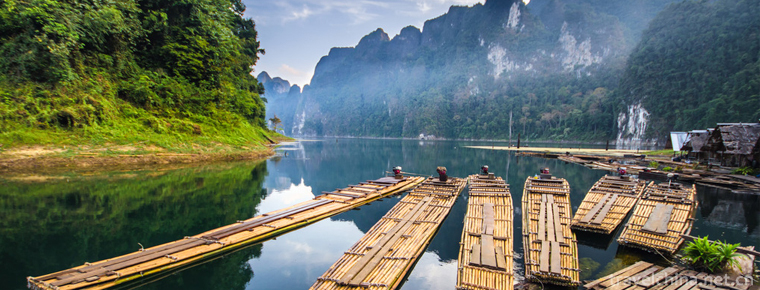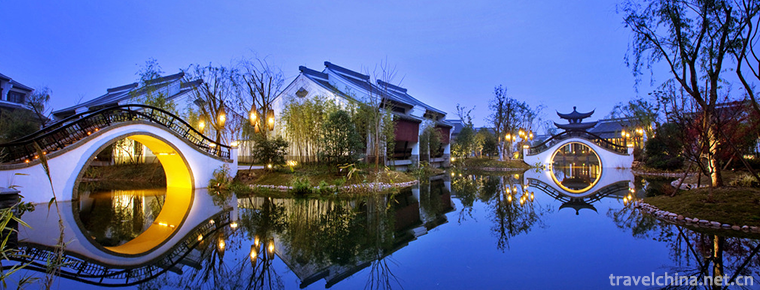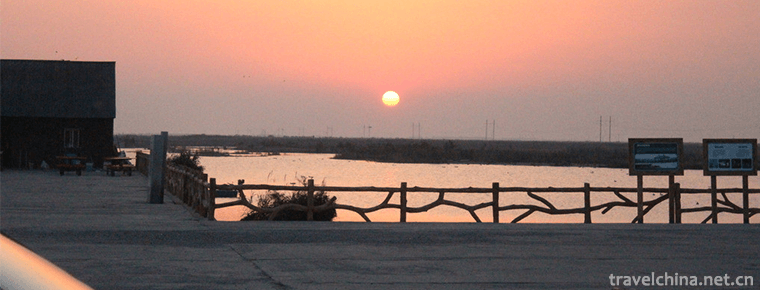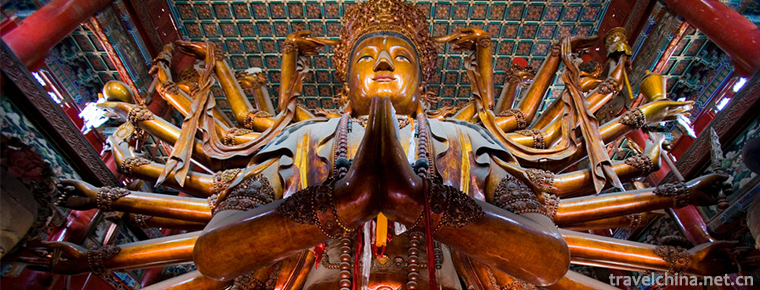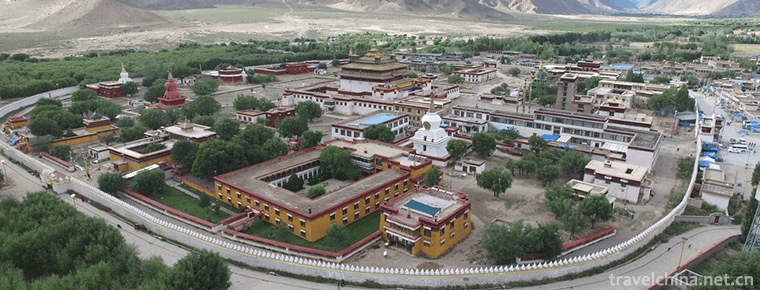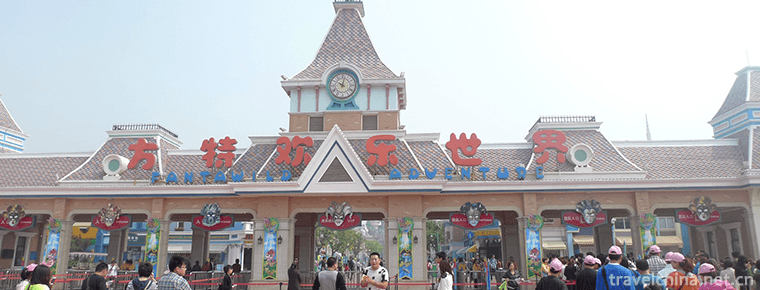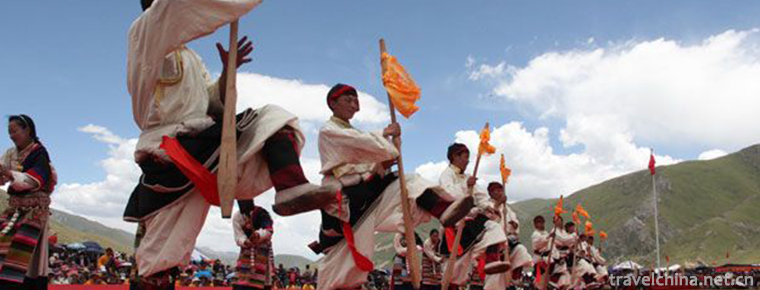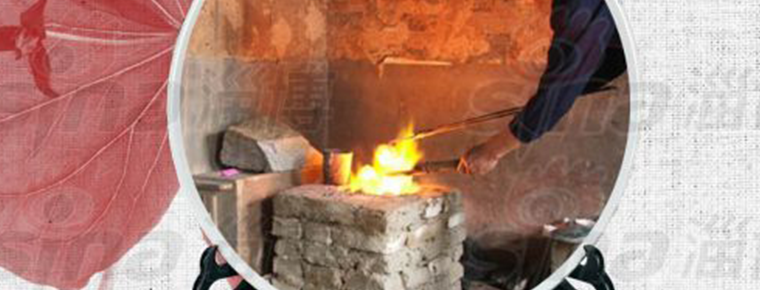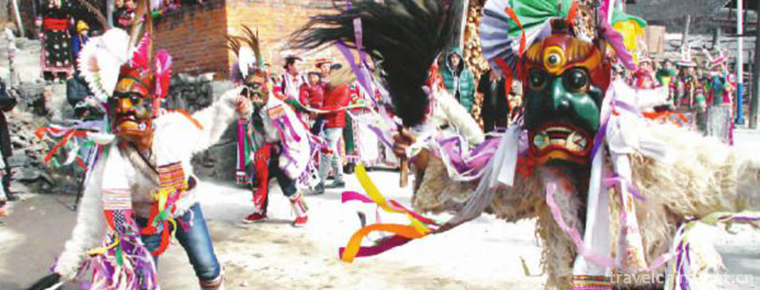Guyuan Northern Dynasty Sui and Tang Dynasties Cemetery
Guyuan Northern Dynasty Sui and Tang Dynasties Cemetery
The tombs of the Northern Dynasty and Sui and Tang Dynasties in Guyuan are located in Xiaomazhuang, Yangfang, Shengou, Dabao, Wanglioba, five natural villages in the West and south suburbs of Yuanzhou District, Ningxia. They are well-known tombs along the Silk Road.
The tombs of Guyuan Northern Dynasty and Sui and Tang Dynasties were built in the 6th to 7th centuries A.D. and went through three dynasties: Northern Zhou Dynasty, Sui Dynasty and Tang Dynasty. During the prosperous period of the Silk Road in the 4th and 7th centuries, the northern route of Chang'an-Liangzhou Road passed more than 190 kilometers through Ningxia, forming the famous "Xiaoguan Ancient Road", and Guyuan was the throat of the ancient road, where tribute envoys, businessmen and monks exchanged frequently and continuously. Many ethnic migrations, cultural exchanges and religious dissemination originated from it. In 2008, the cemeteries of Guyuan Northern Dynasty and Sui and Tang Dynasties were listed as the binding declaration sites for the World Cultural Heritage of the Silk Road jointly declared by the governments of China and five Central Asian countries.
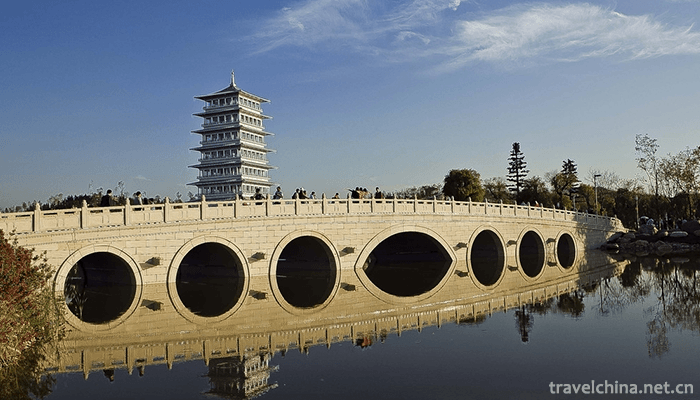
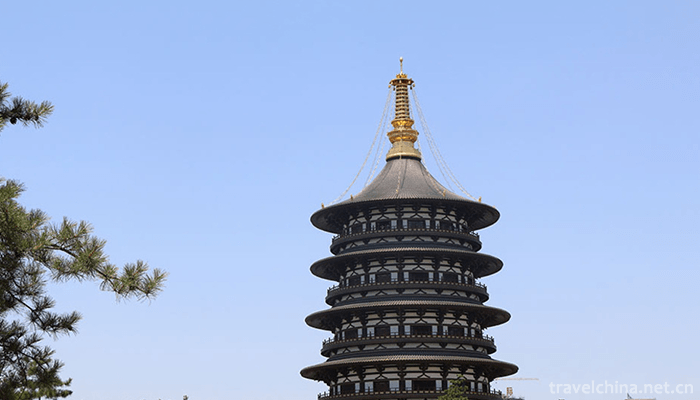
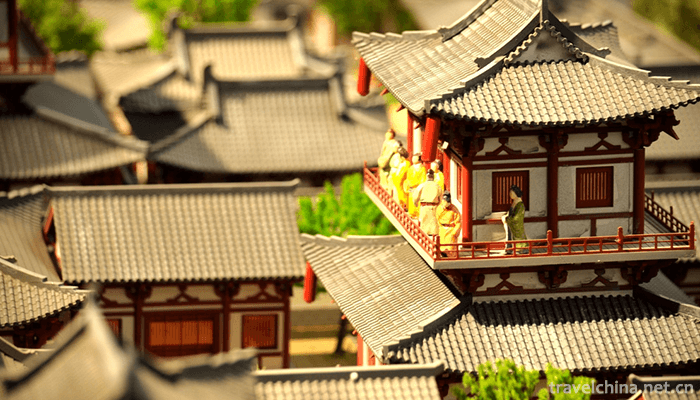
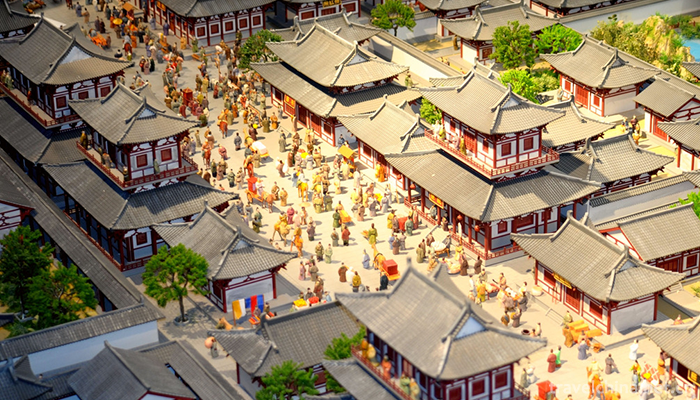
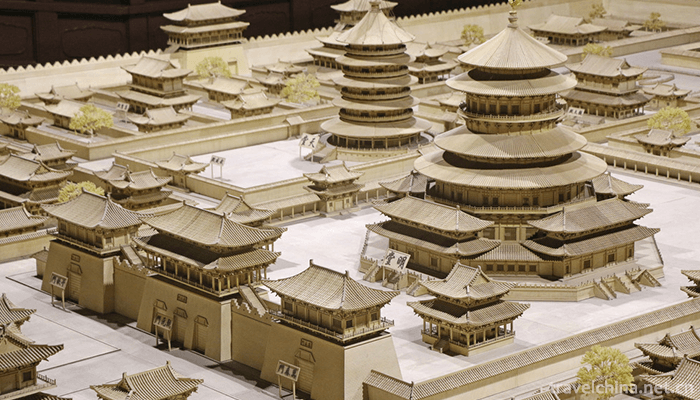
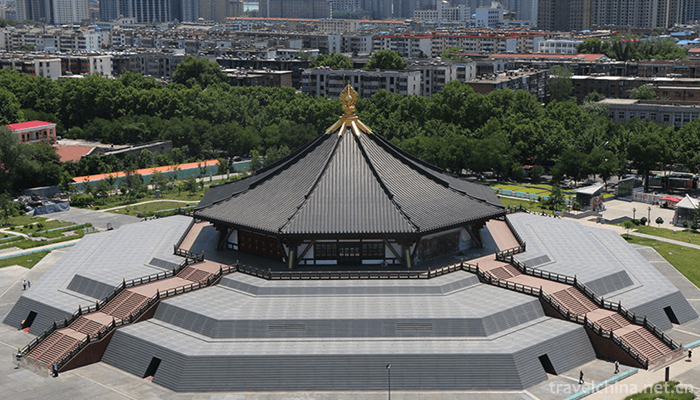
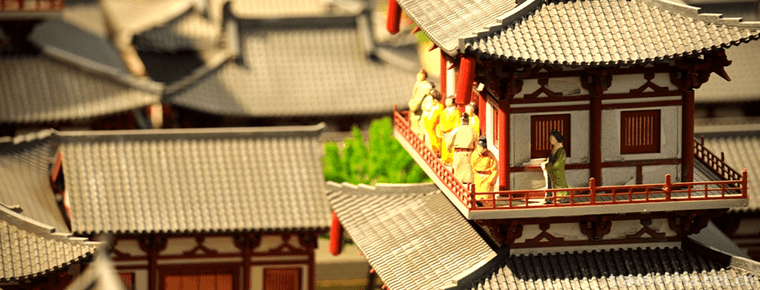
Guyuan Northern Dynasty Sui and Tang Dynasties Cemetery
-
Lijiang River
The Lijiang River, a branch of the upper reaches of the Guijiang River
Views: 111 Time 2018-10-12 -
Xixi National Wetland Park
Xixi National Wetland Park is located in the west of Hangzhou City, Zhejiang Province. It is only 6 kilometers away from Wulin Gate, the main city of Hangzhou, and 5 kilometers away from West Lake.
Views: 215 Time 2018-12-07 -
Yellow River Estuary Ecotourism Area
The Yellow River Estuary Ecotourism Area is located in the Yellow River estuary area of Dongying City, Shandong Province. It has unique ecotourism resources of the Yellow River Delta
Views: 171 Time 2019-01-18 -
Puning Temple
Puning Temple is located in Chengde City, Hebei Province. It was built in the Qianlong period of the Qing Dynasty. The first half of the temple is Han-style,
Views: 186 Time 2019-02-07 -
angye Temple
Sangye Temple, also known as Cunxiang Temple and Wubian Temple, is located in Sangye Town, Zaburg County, Shannan District, Tibet Autonomous Region, under the Habu Mountains on the North Bank of the Y
Views: 194 Time 2019-02-07 -
Mount Tai Fonters Happy World
Tai'an Fangte Happy World is located in the eastern New Area of Taishan District, Tai'an City, Shandong Province. Font's Happy World is characterized by science fiction and animation
Views: 395 Time 2019-02-13 -
A harmonic
A harmonic, also known as Dabu Ah Hsiang, means "the song of laborers", originated from a form of labor called "Da Ah Hsiang" among Tibetan people.
Views: 246 Time 2019-03-29 -
Two clip string
Two chords, also known as the "big five tones" by the masses. One of the traditional Chinese operas. It is mainly popular in Western Shandong, Eastern and Northern Henan,
Views: 141 Time 2019-04-28 -
Smelting Technology of Gold Chute Stone fill Stove
The smelting technique of gold chute rockfill stove was first seen in the history of Song Dynasty. Since the fourth year of Jingde in the Song Dynasty, Minister Pan
Views: 270 Time 2019-05-04 -
Jumping Cao Gai
Caogai jumping is prevalent in Baima Tibetan area of Pingwu and Nanping counties. It is held on the sixth day of the first month of the lunar calendar every year. Cao Gai is a Baima Tibetan phonetic t
Views: 124 Time 2019-06-21 -
Chunqiu Temple
Chunqiu temple, also known as Chunqiu pool and Chunqiu Pavilion, is located in Yandian street, Xuyong county (Xuyong town), Luzhou City, Sichuan Province. It is mainly dedicated to Guan Sheng emperor. It is said that Guan Yu likes to read the biography of the left family in the spring and Autumn period, so it is named Chunqiu temple.
Views: 249 Time 2020-10-15 -
Longchi National Forest Park
Longchi National Forest Park is located in Dujiangyan City, Sichuan Province. It is only 84 kilometers away from Chengdu and 30 kilometers away from Dujiangyan. It is one of the 20 key national forest parks in China.
Views: 233 Time 2020-11-05
